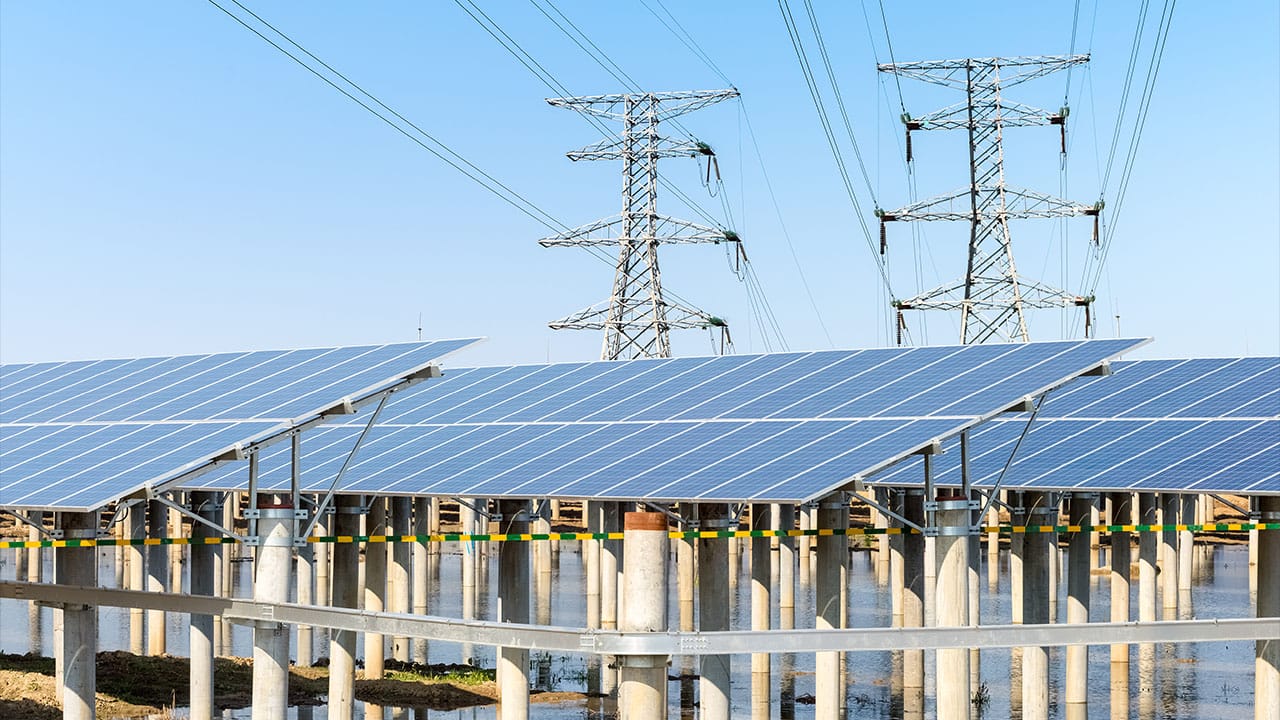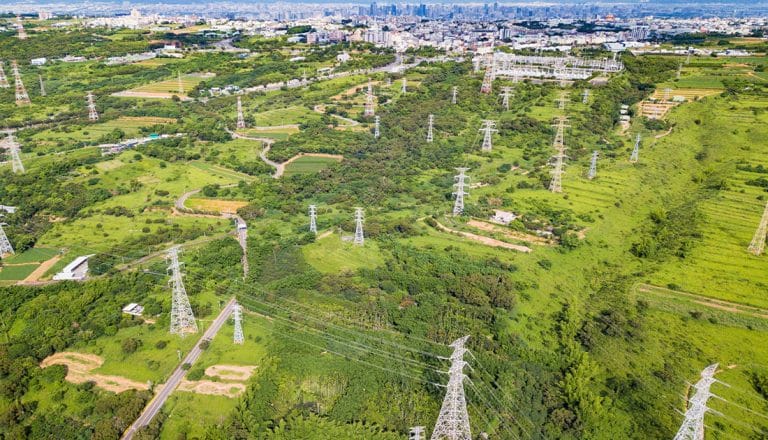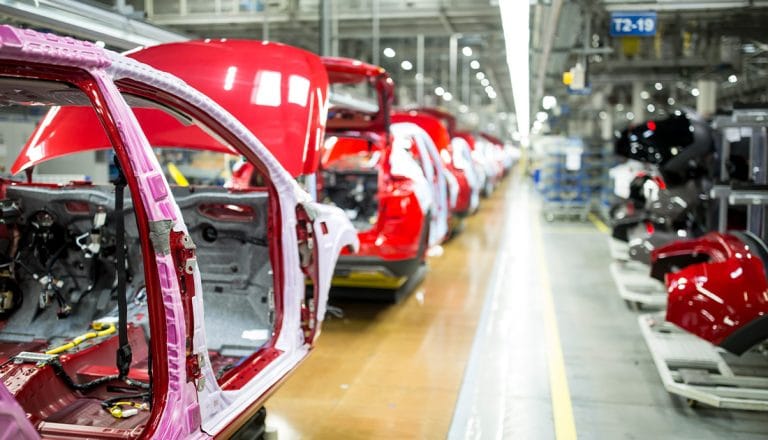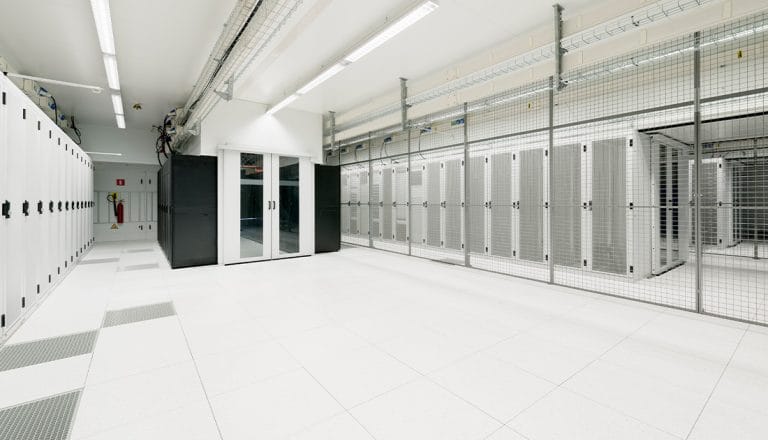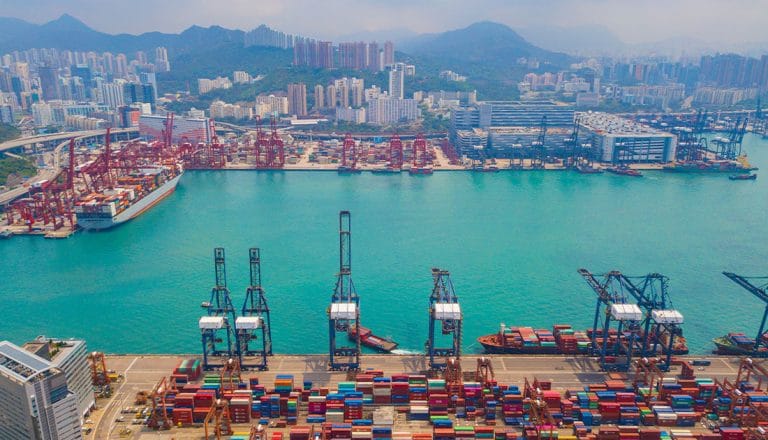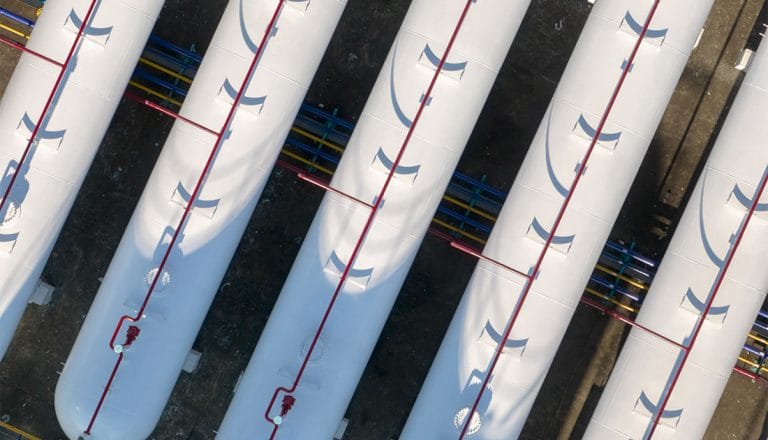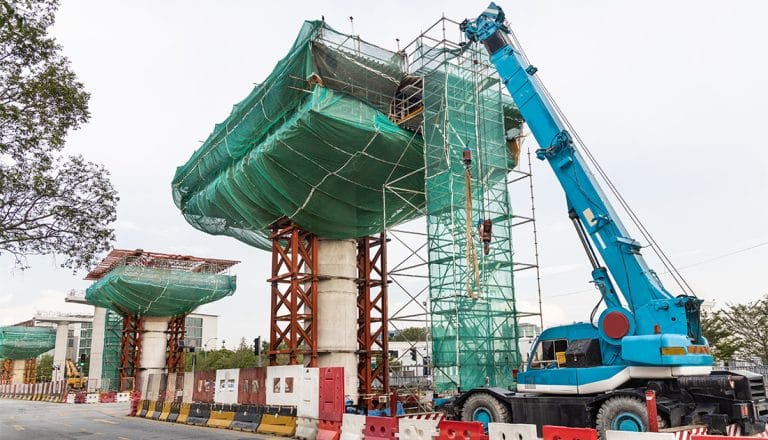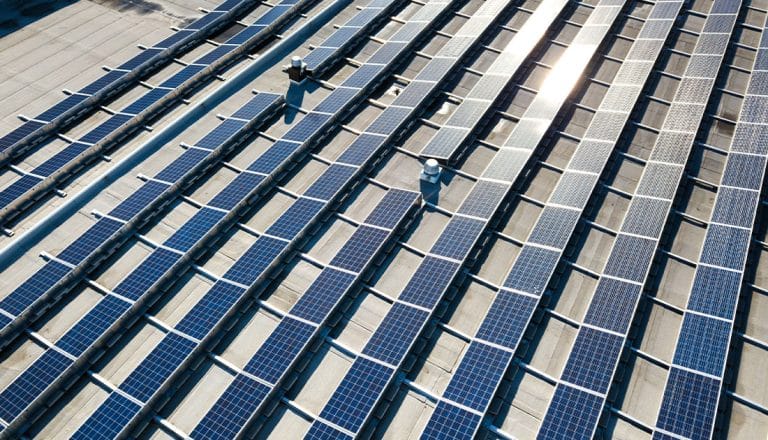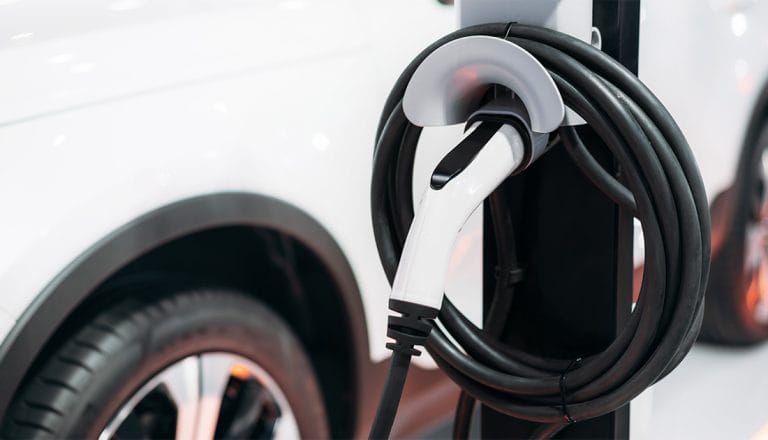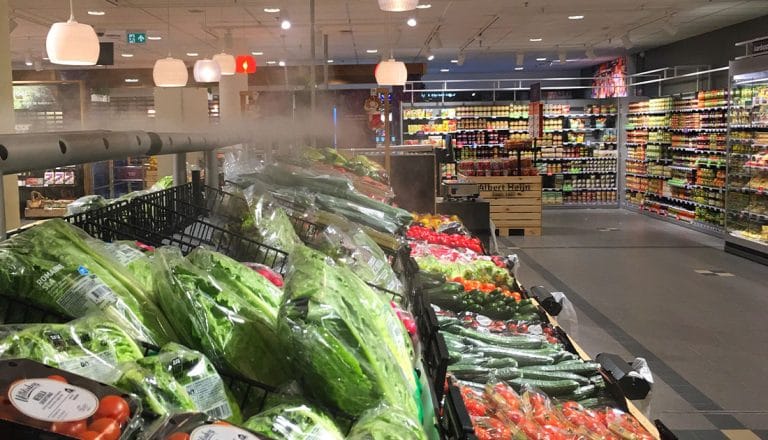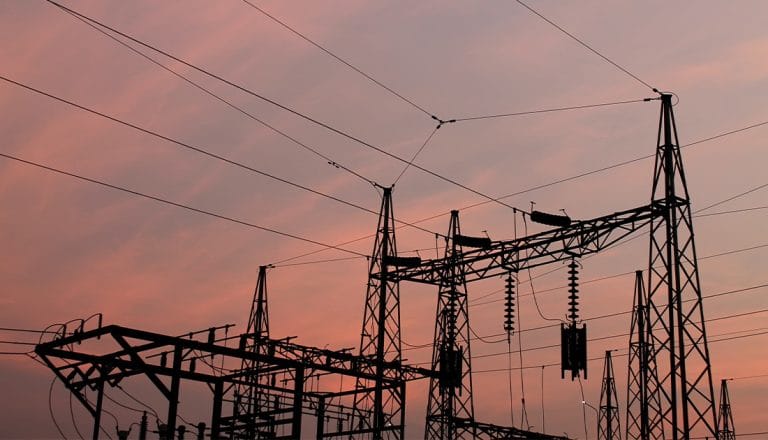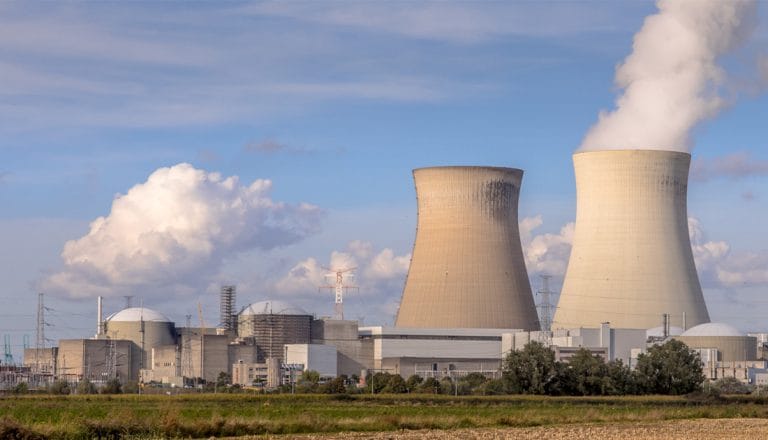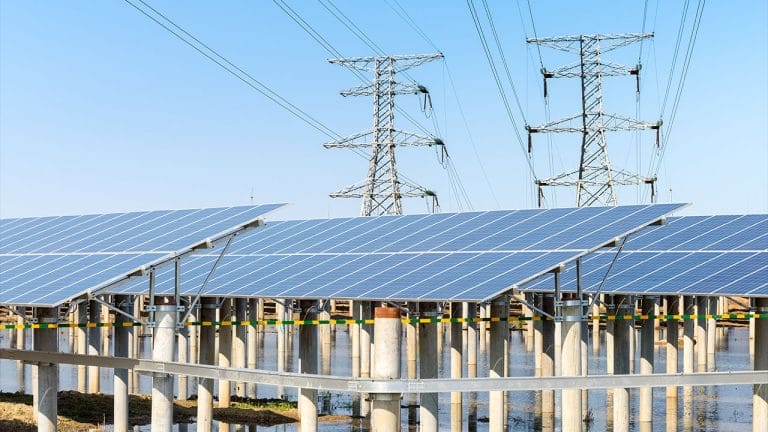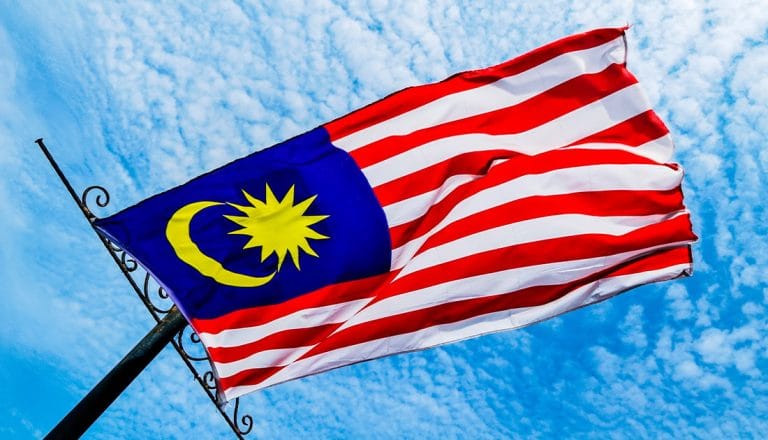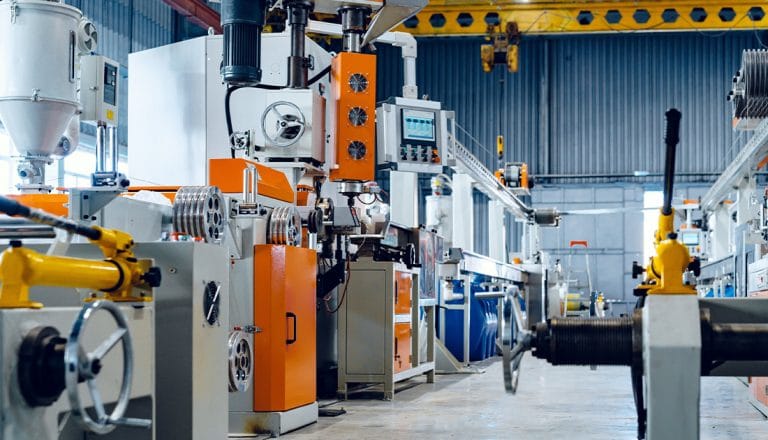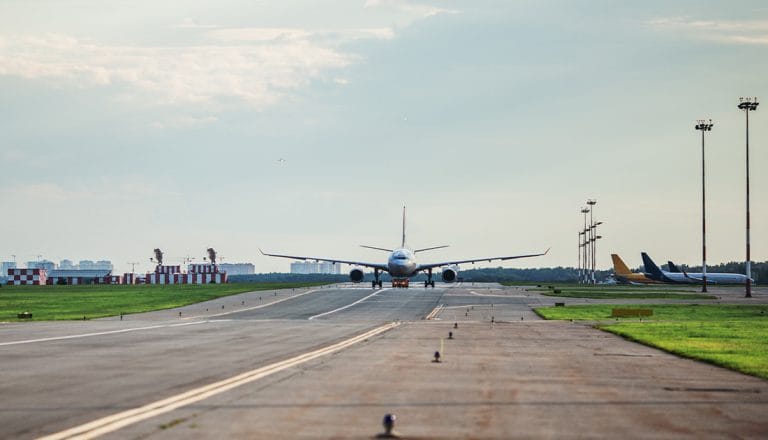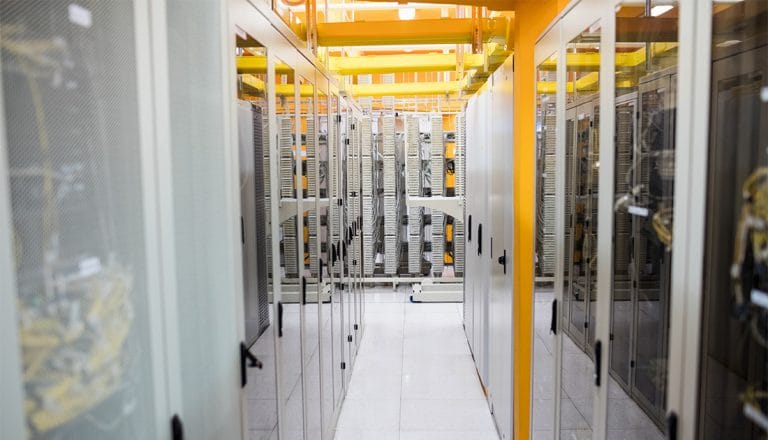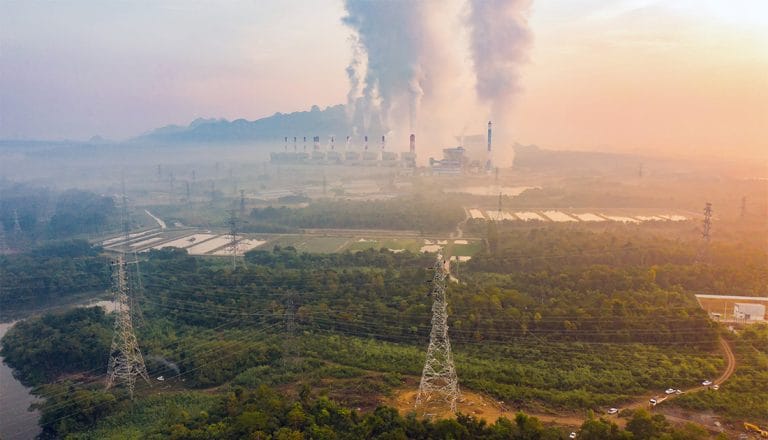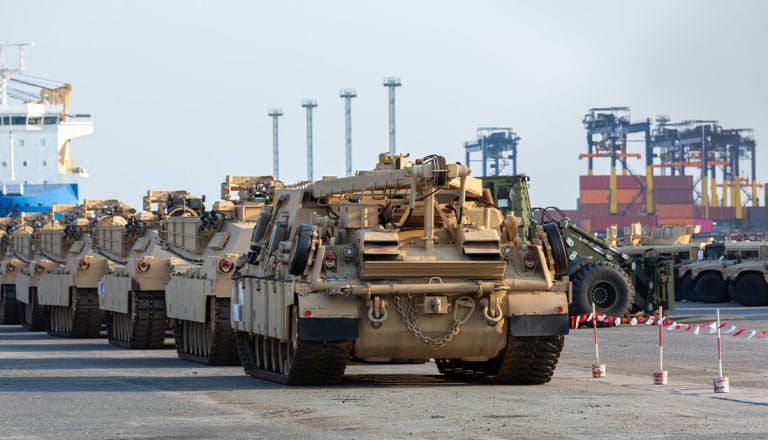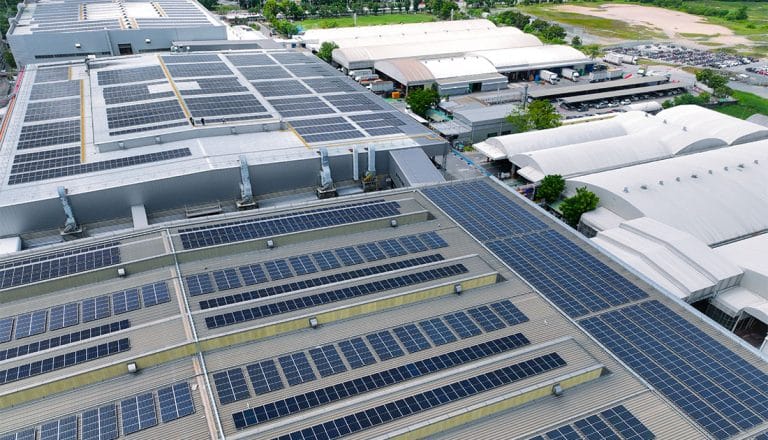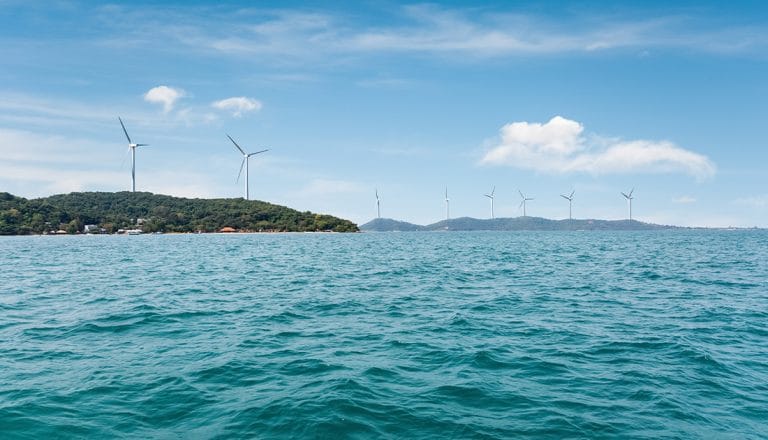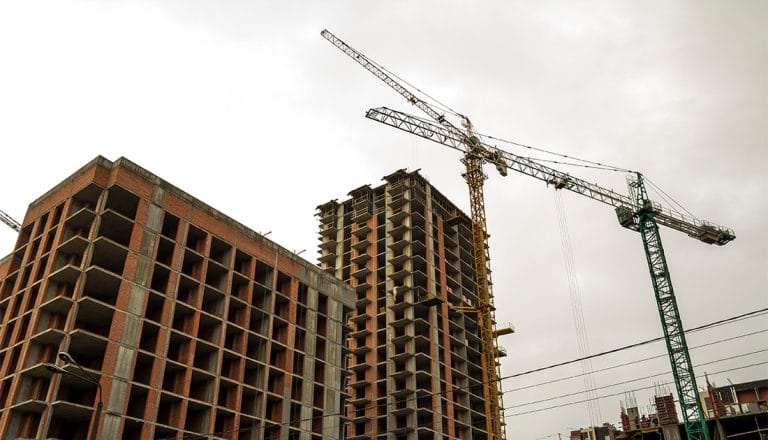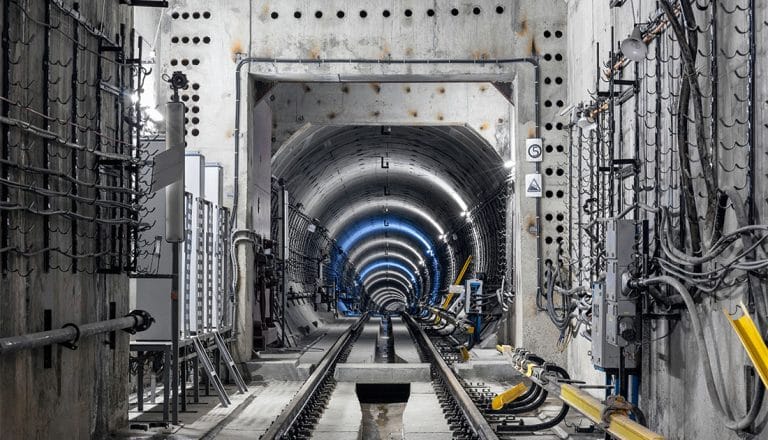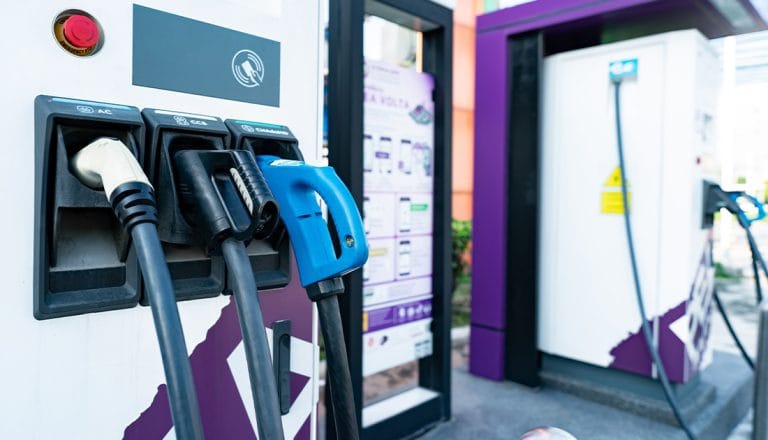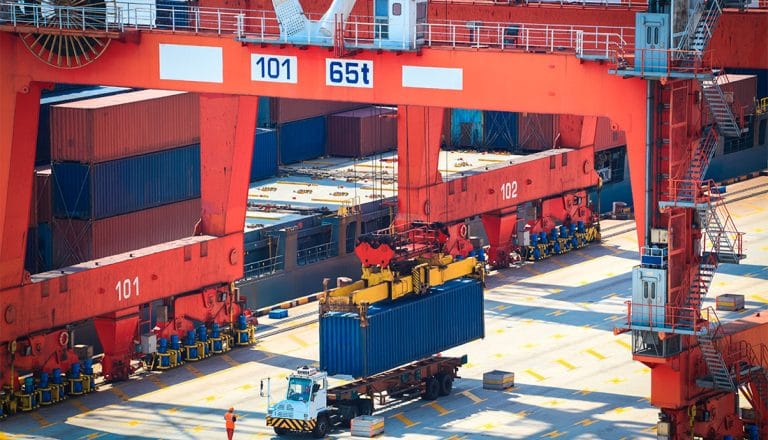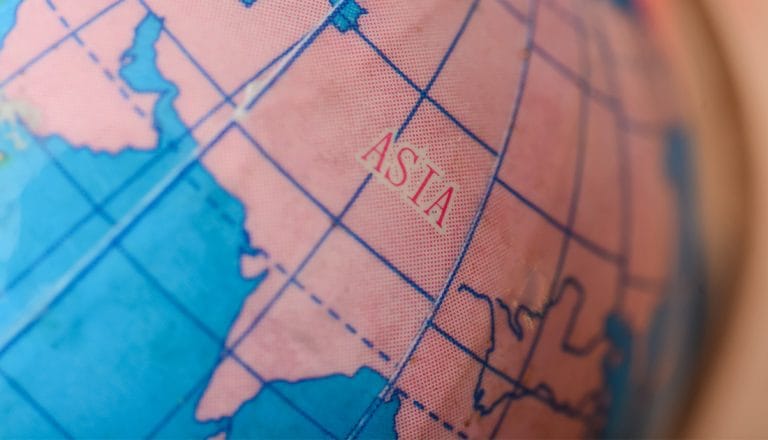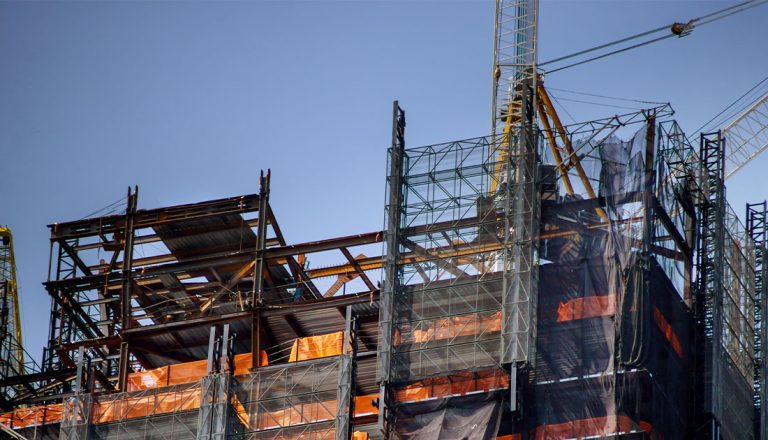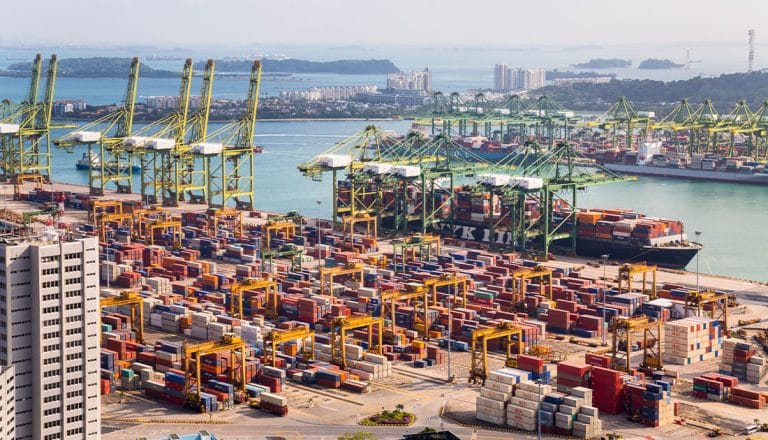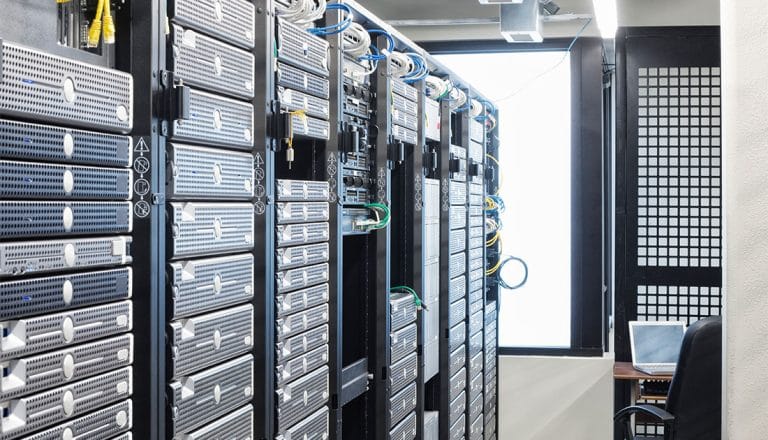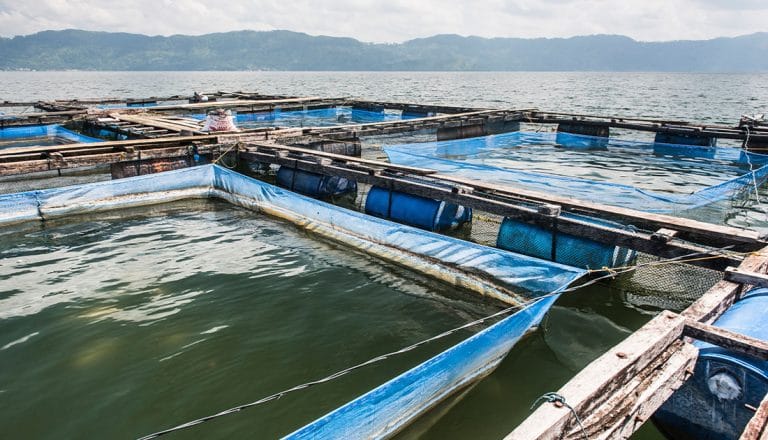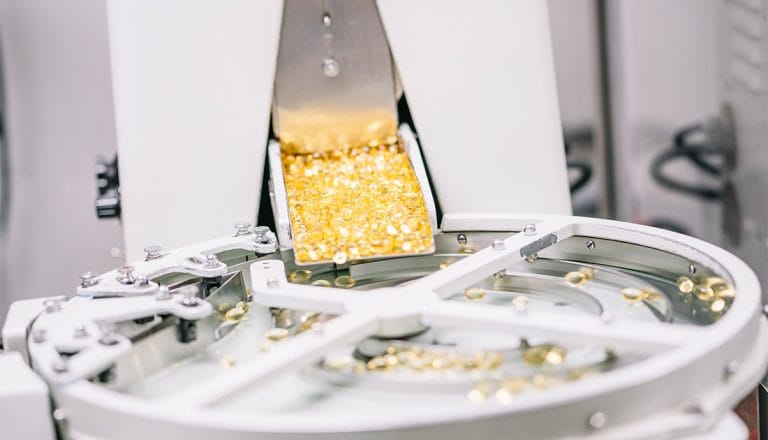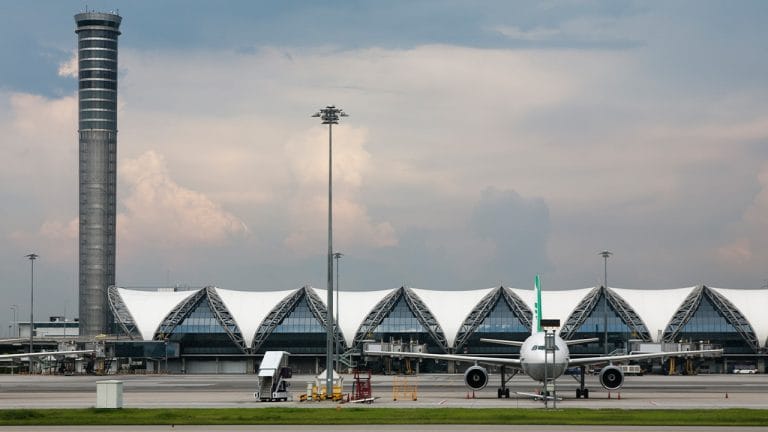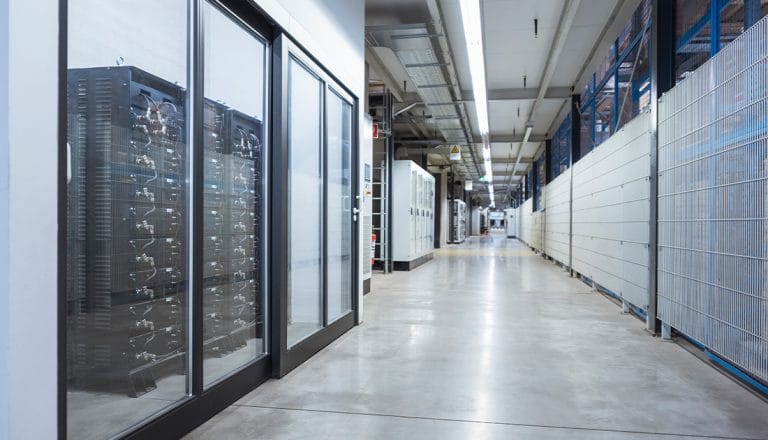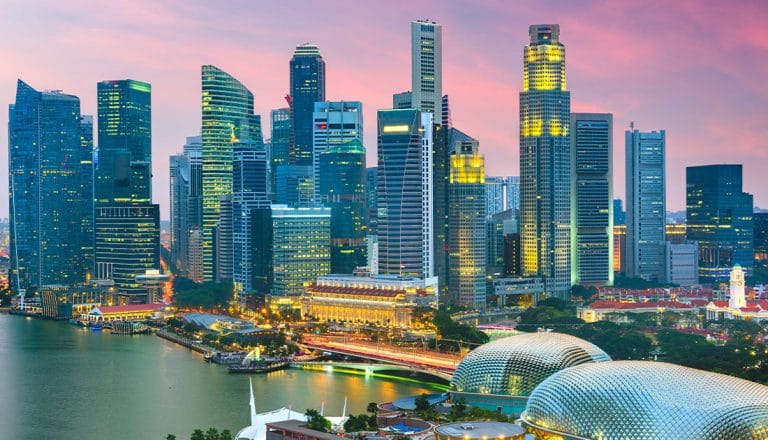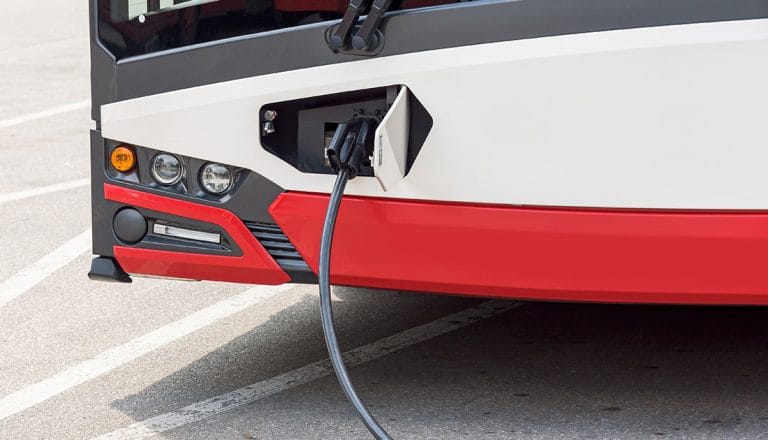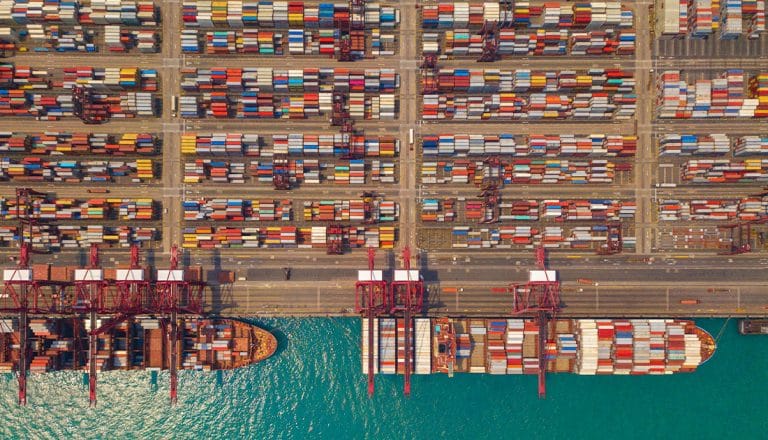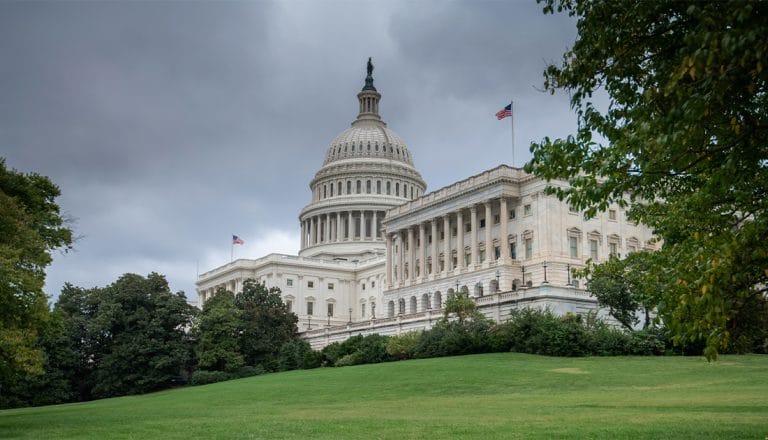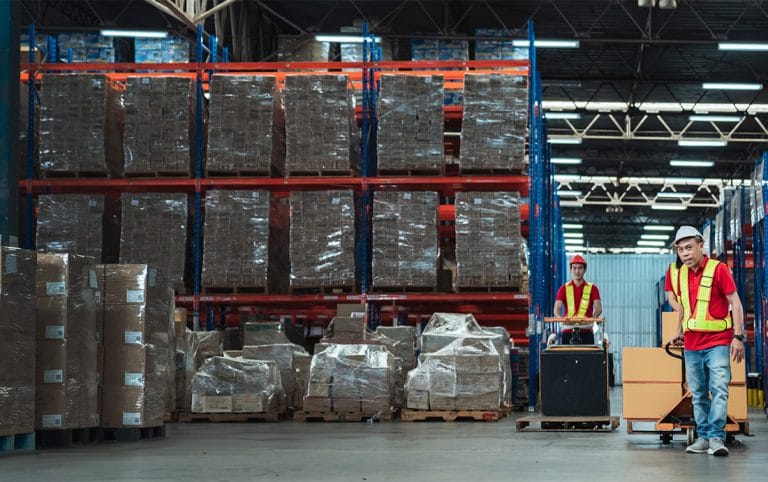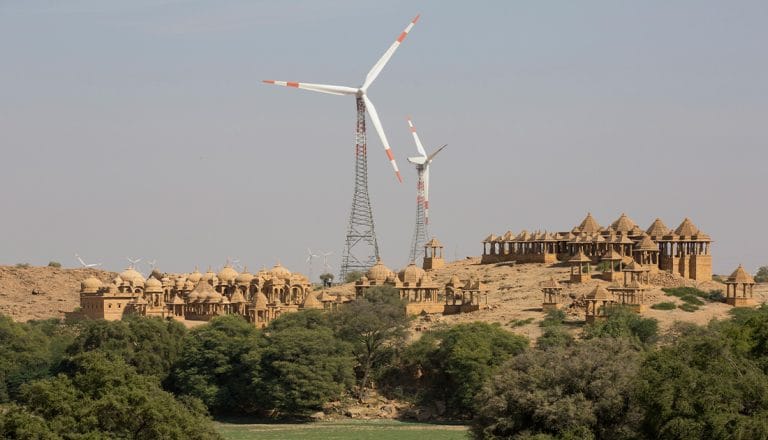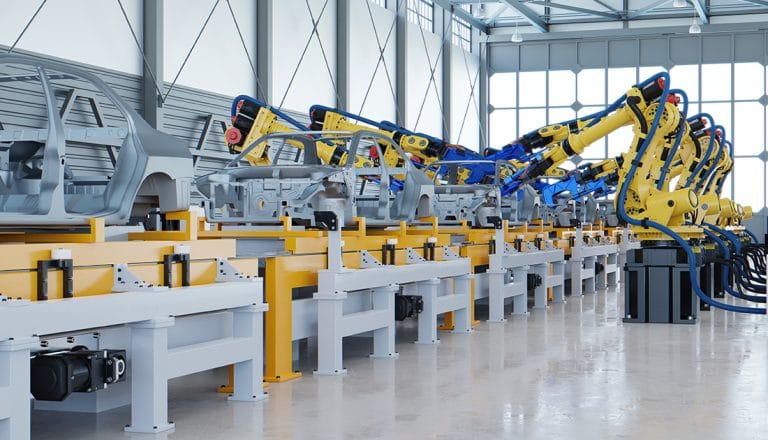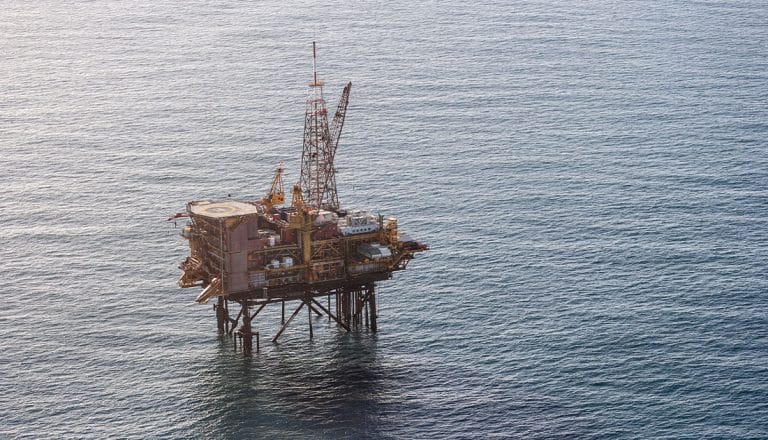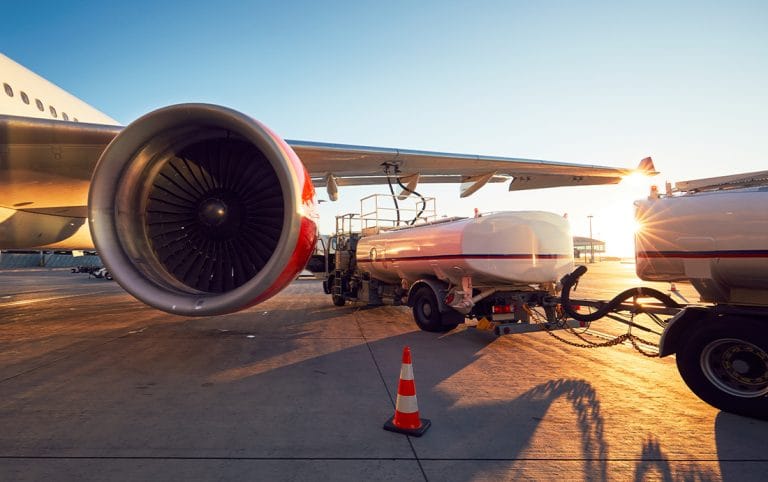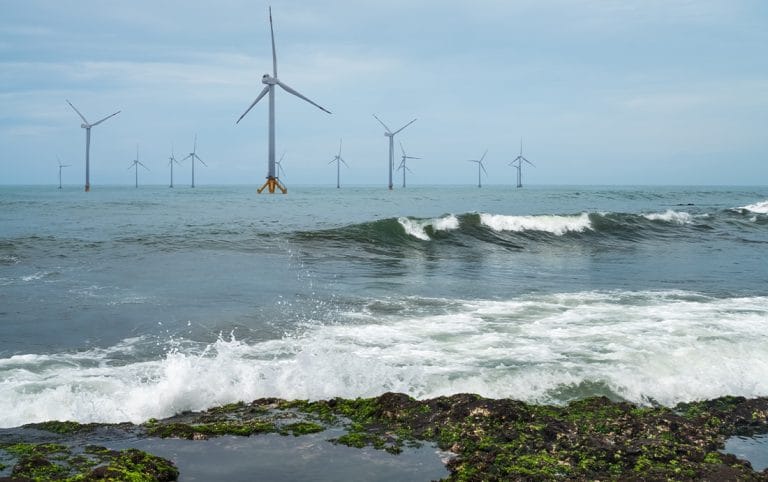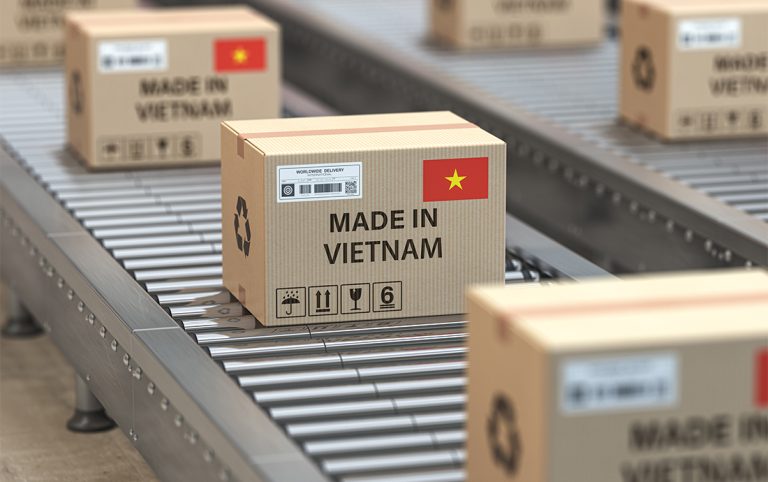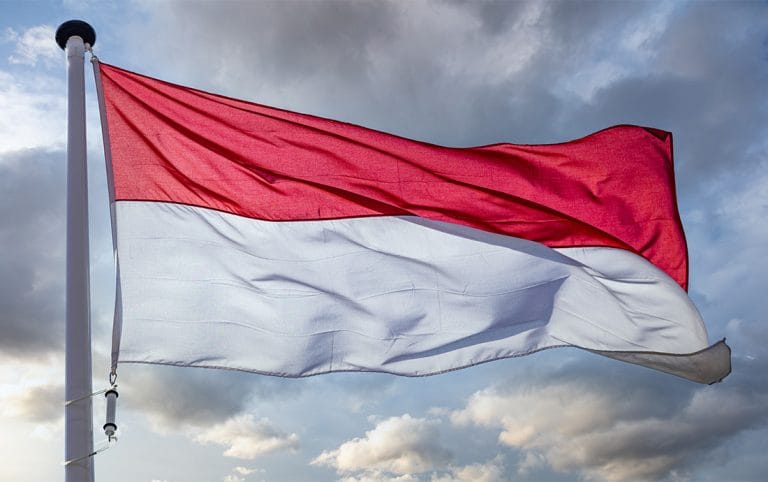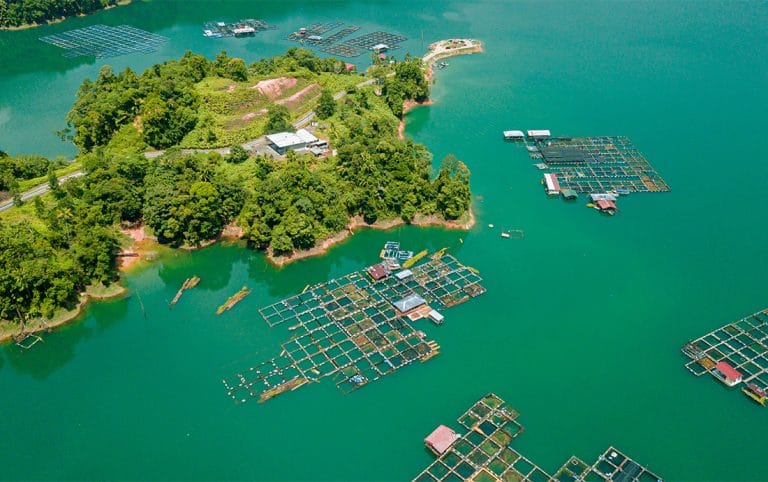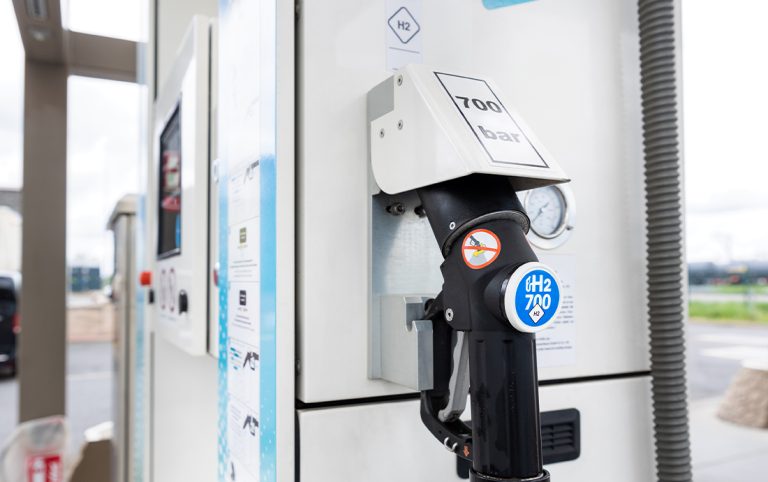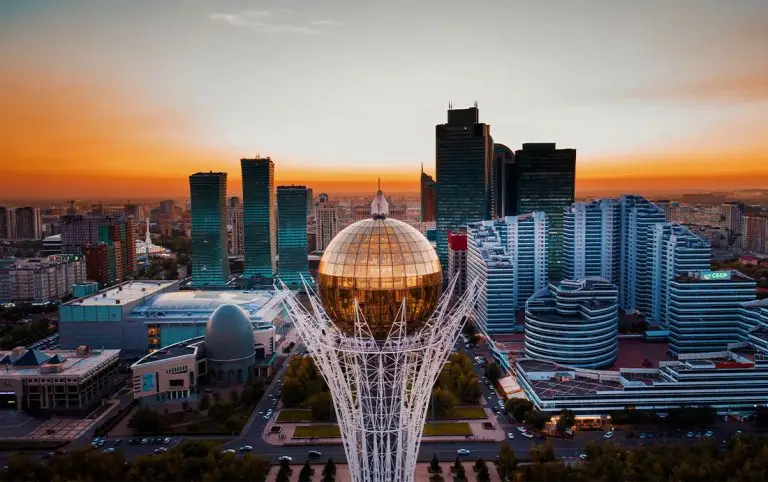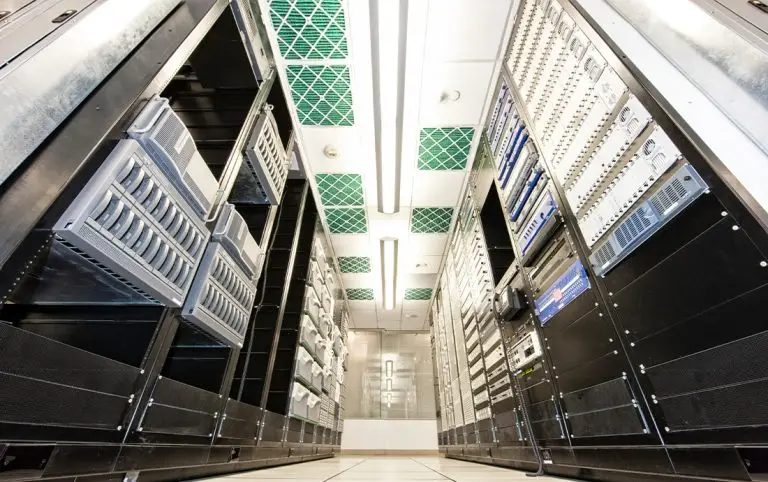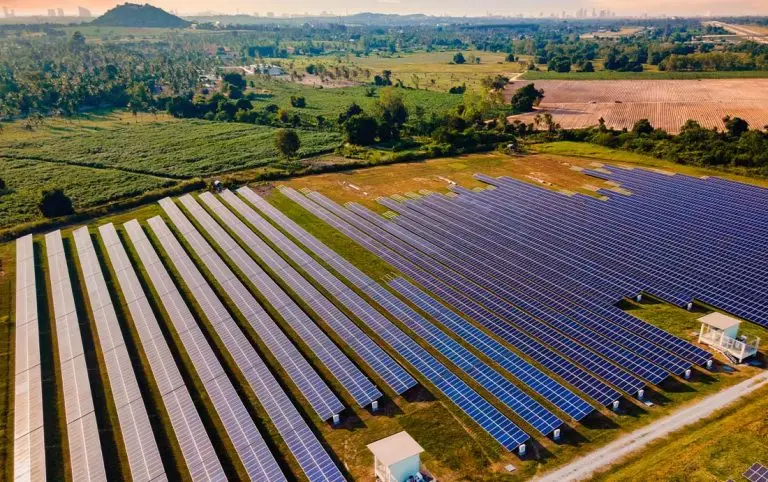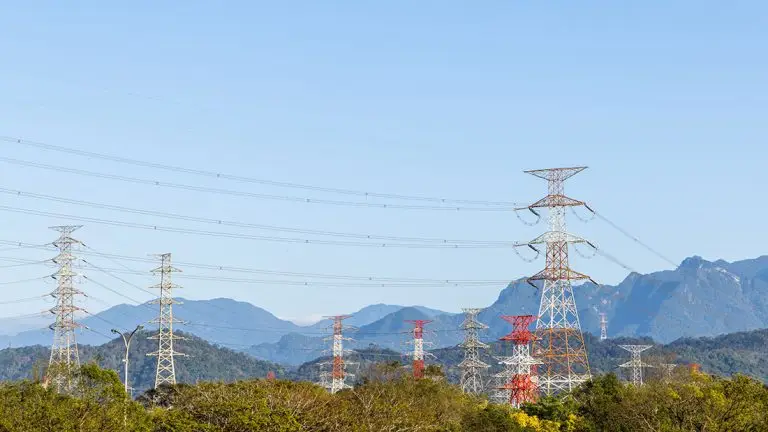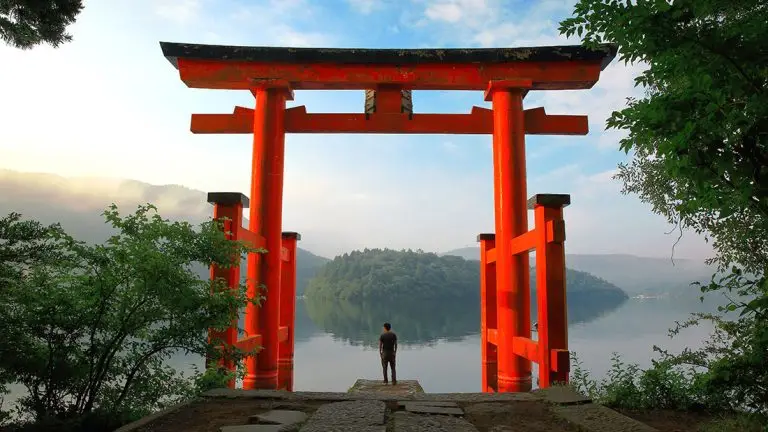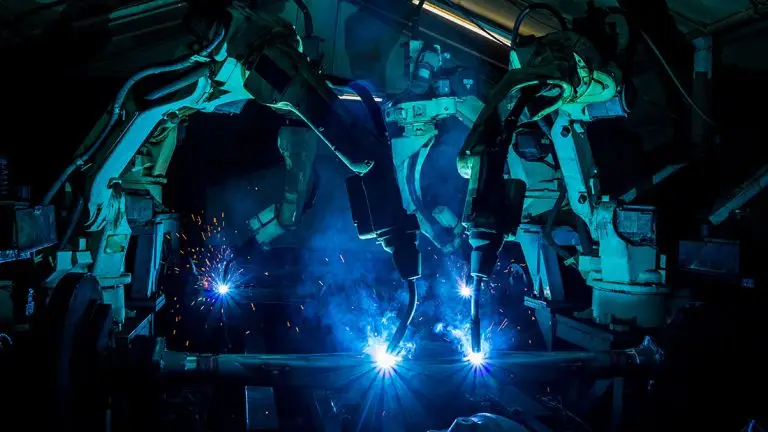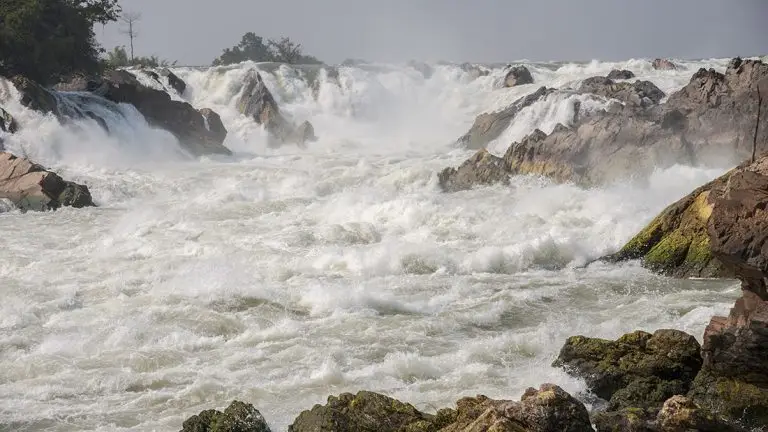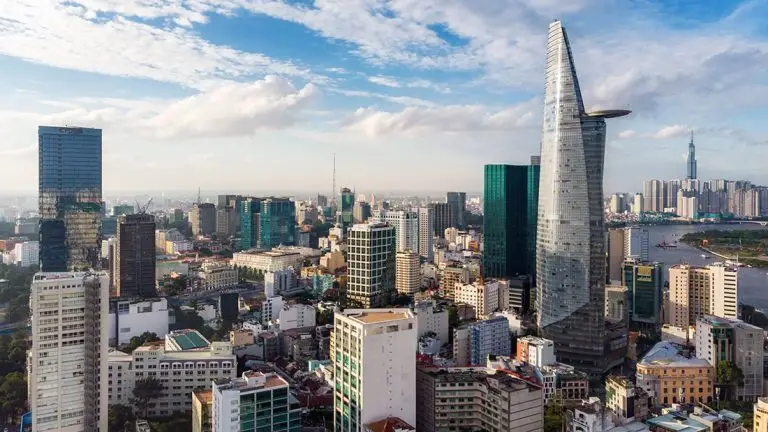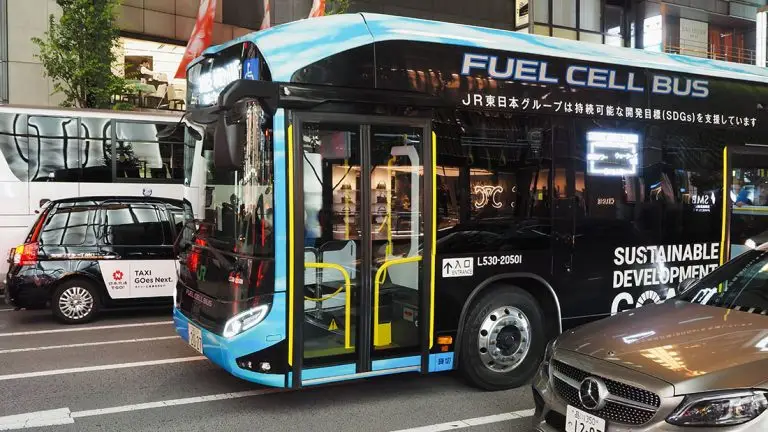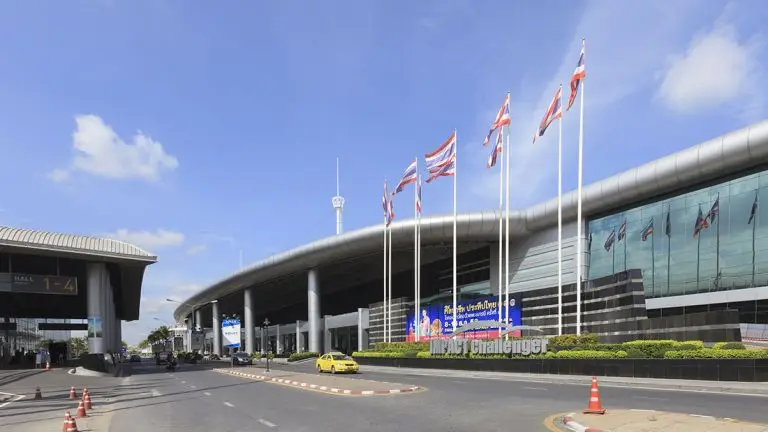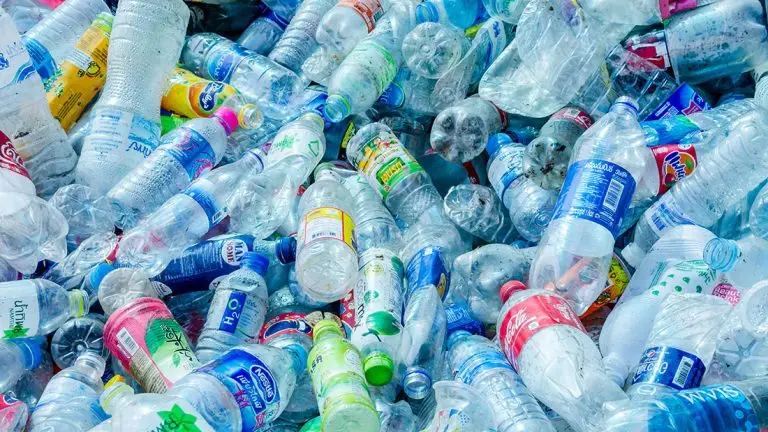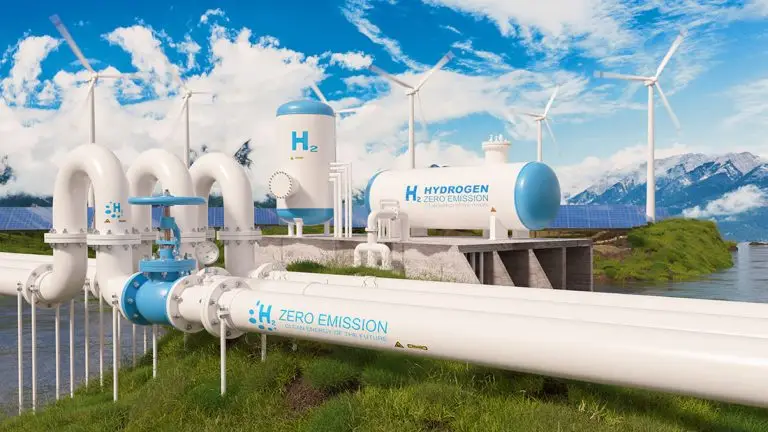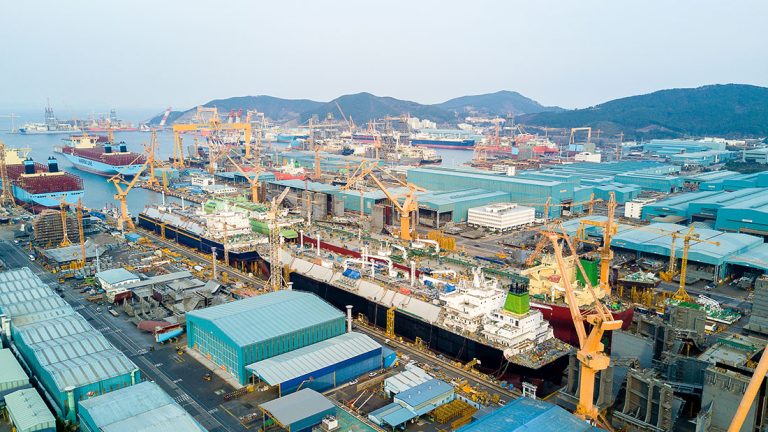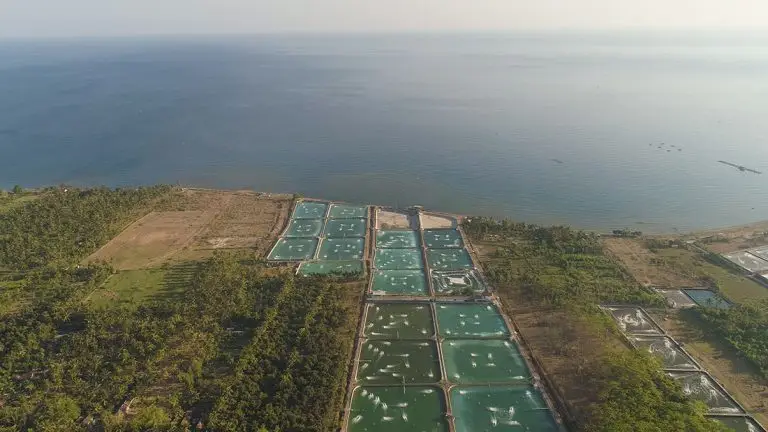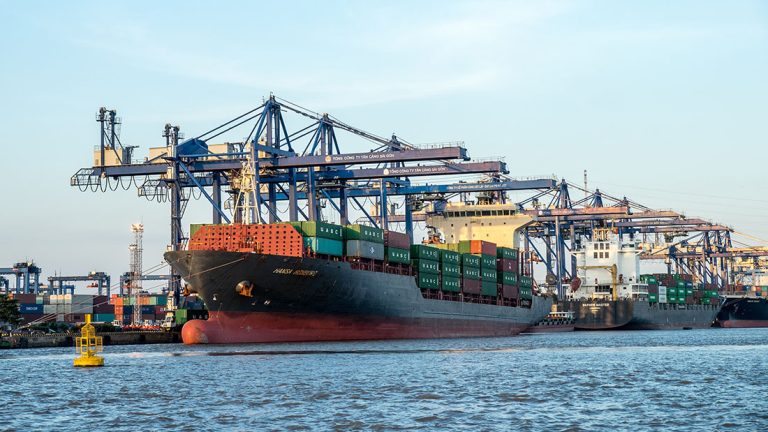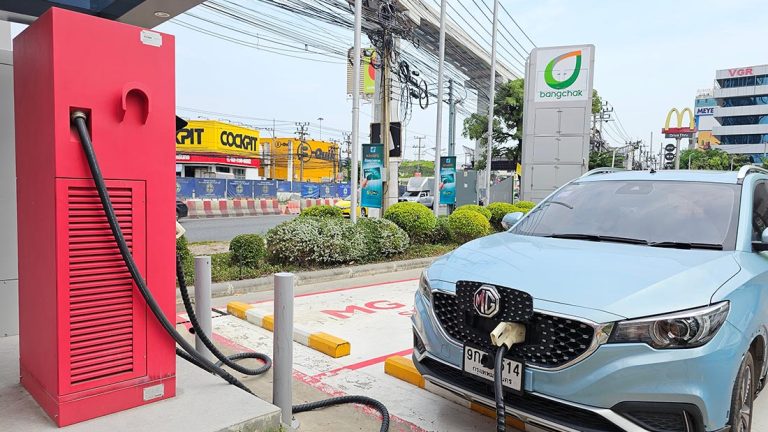- The energy storage market value in Asia could surpass USD2 trillion by 2034, up from USD300 million in 2024
- BESS, PHES and technologies that support the stable distribution of renewables are in high demand across Asia
- Ongoing tariff concerns should be monitored as these may impact the adoption of both renewables and energy storage
Asian countries are actively investing in renewables with solar, wind, offshore wind and hydro among the most utilised. The issue now facing many markets is stability. This has seen energy storage come into greater focus across the region. In fact, Asia Pacific is expected to account for nearly 75 percent of the global battery energy storage market by next year. Asian Insiders Managing Partner Jari Hietala provides an overview of the situation and potential opportunities for market entry.
As we have discussed previously, several Asia-Pacific countries have set ambitious targets for renewable energy, contributing 30-50 percent of their respective power generation mix by the end of the decade. This would be a key first step in decarbonisation efforts.
However, as more clean energy projects come online, a new challenge has emerged. Many markets are unable to provide an uninterrupted power supply solely from renewables. That means coal or other polluting sources are still part of the power mix, albeit on a lesser scale.
The solution is energy storage, and unsurprisingly, countries across Asia are urgently investing in various technologies, including battery energy storage systems (BESS), pumped hydroelectric energy storage (PHES) and Smart grids. Governments and private enterprises are now seeking assistance in developing the sector.
There is no one-size-fits-all approach to energy storage in Asia. Each country has its own unique requirements and opportunities. For example, Indonesia has enough PHES sites to support a fully renewable energy grid in the future. Thailand has focused almost exclusively on BESS. In South Korea’s 11th Basic Plan for Long-Term Electricity Supply and Demand, both storage systems were included.
Needs may vary, but the potential throughout the region is massive. In 2024, the Asia Pacific energy storage systems market was valued at more than USD300 billion. The total is predicted to surpass USD400 billion this year and could reach upwards of USD2 trillion over the course of the next ten years.
Tariffs & opportunities
McKinsey recently noted that tariffs would slow the adoption of renewables and ultimately lead to increased costs for related technologies. Energy storage is no exception. Higher prices are likely to prove problematic for all involved given the global need to scale up capacity.
The European Union, Australia, Canada and Asia could struggle to meet storage targets due to more expensive BESS requirements. With no clarity on how the situation will unfold, many nations remain in a holding pattern, attempting to carry out current plans while keeping a watchful eye on the future.
Greater cooperation would lead to more opportunities for all involved. The EU, EFTA, Canada and Australia are pursuing trade arrangements in Asia. Additionally, many Asian countries have incentives and schemes to encourage foreign investment in energy storage development.
What’s more, reliable, stable partners committed to the clean energy transition are certainly worth considering in the face of trade tussles. Given the project size and the growth predicted for the energy storage industry in Asia, approaching entry now, rather than waiting, could yield greater long-term rewards.
Making moves
Across Asia, countries are investing in energy storage systems. Several have or are developing favourable conditions for foreign investment in an attempt to stimulate activities further. A good example of this is the Philippines.
The country ranked as the second most attractive emerging market for renewable energy investments, according to BloombergNEF’s Climatescope 2024 report, due to its combination of opportunities, targets, and incentives. The Department of Energy’s fourth Green Energy Auction included energy storage integration into building new solar capacity. Click here to learn more about renewable energy development in the Philippines.
South Korea has set its sights on becoming the global leader in BESS. Several major projects have come online in recent years, but the country isn’t close to reaching its stated goals. Smart grids are a key area of emphasis, and overseas firms with related innovations or expertise in this space are being courted.
China’s rapid transition to renewables has been impressive. However, it still lacks some of the energy storage tools necessary to fully utilise existing and future output, despite being the world’s largest battery producer. Foreign investment in the BESS sector is allowed. Technology providers capable of improving or optimising existing products should consider opportunities here.
Thailand has been ramping up renewable energy production, in particular solar, but now finds itself seeking BESS solutions to ensure consistent availability. The Energy Policy and Planning Office (EPPO) and relevant agencies have created an action plan to promote Thailand’s battery energy storage industry, which has helped boost activity, but significant work remains.
Both India and Indonesia are investing in energy storage to support their respective energy transitions. Given the size of each market, these could become two of the largest players in the sector despite some regulatory obstacles.
Why now for energy storage investment in Asia?
It would be easy to sit on the sidelines waiting for tariff issues and geopolitical uncertainty to subside. The issue is that energy storage demands in Asia will not wait. On the contrary, the next few years are expected to see massive growth, even if global economic issues mean top-line projections are no longer achievable.
Entrance in the near term allows investors to take advantage of potential incentives and schemes, tap into current opportunities and be positioned to grow with the market. This is important in developing local connections as well as providing a possible platform for regional expansion when the time is right. Waiting puts all that at risk while allowing competitors to gain an advantage.
For overseas enterprises, the challenges to market entrance are twofold. First, identifying a country or countries best suited for your products, tools and services in Asia requires thorough market research and on-the-ground knowledge. Second, regulations and rules vary greatly.
Partnering with a specialist, such as Asian Insiders, can ensure you avoid these problems and hit the ground running. Our team boasts unmatched local knowledge of the energy storage market, as well as experience in navigating the complexities of the entrance process.
Energy storage is a priority throughout Asia, and this is creating numerous opportunities for overseas enterprises. To assess your readiness to enter the market, schedule a no-obligation call with Jari Hietala, Managing Partner: jari.Hietala (at)asianinsiders.com
